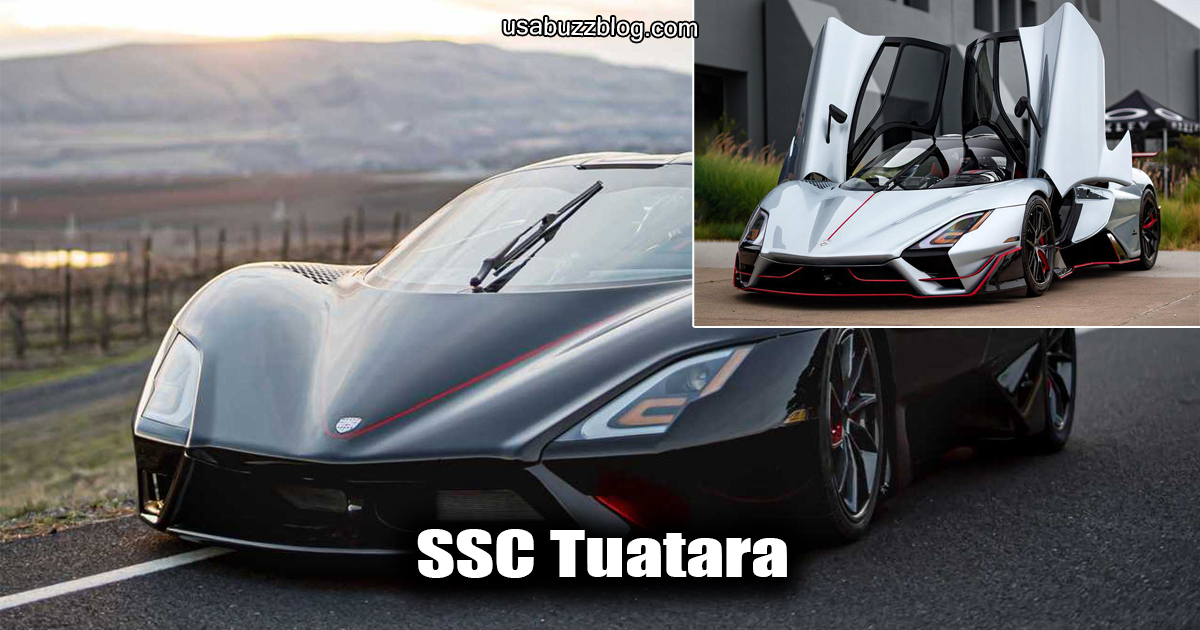Breaking Barriers: Production Cars at 300 MPH

Table of Contents
Introduction
In recent years, the world has witnessed an unprecedented surge in automobile innovation, particularly among high-performance models capable of reaching speeds previously thought unattainable by road-legal vehicles. This article delves into the groundbreaking production cars that are on track to shatter the 300 miles per hour (mph) threshold, redefining what it means for a car to be fast.
Section 1: Pioneering Vehicles ( Production Cars)
Subsection 1.1: Koenigsegg Jesko Absolut


With its top speed of over 330 mph, the Koenigsegg Jesko Absolut stands as one of the most formidable contenders in this elite club of Production Cars. Its unique design and advanced aerodynamics make it a force to reckon with.
Subsection 1.2: Bugatti Chiron Super Sport 300+


Undoubtedly at the forefront of this high-speed race is the Bugatti Chiron Super Sport 300+. Boasting an impressive 304 MPH top speed, Bugatti has redefined the limits of what a production car can achieve. We delve into the engineering marvels that enable the Chiron Super Sport 300+ to reach such unprecedented speeds.
Subsection 1.3: SSC Tuatara


Although not yet officially confirmed, the SSC Tuatara promises to reach speeds beyond 300 mph when tested under controlled conditions. If successful, it will become the fastest street-legal production car ever built.
Section 2: Future Prospects
Subsection 2.1: Hennessey Venom F5


Hennessey Performance Engineering aims to push boundaries further with their upcoming Venom F5 model, which they claim can achieve a top speed of over 300 mph. However, official confirmation awaits for this remarkable feat in the world of Production Cars.
Subsection 2.2: McLaren Senna GTR LT


McLaren Automotive plans to introduce the Senna GTR Longtail variant, which could potentially exceed 300 mph thanks to its lightweight construction and enhanced powertrain capabilities, setting a new standard in the realm of Production Cars.
Section 3: Technological Advances
These groundbreaking vehicles have been made possible through significant advancements in various technological fields such as aerodynamic engineering, materials science, and propulsion systems.
Subsection 3.1: Advanced Materials Science
Carbon fiber composites and other innovative materials enable manufacturers to build lighter, stronger, and more efficient vehicles while maintaining safety standards.
Subsection 3.2: Revolutionary Propulsion Systems
Hybrid and electric drivetrains, combined with internal combustion engines, offer exceptional power output and efficiency within Production Cars, permitting them to attain higher speeds without sacrificing fuel economy. These innovations serve as catalysts for advancing the automotive industry.
Subsection 3.3: Cutting-Edge Aerodynamics
Advanced aerodynamic designs help reduce drag and increase downforce, enabling vehicles to maintain stability at extreme velocities.
Section 4: Safety Considerations
As these vehicles approach the limits of human perception and control, ensuring driver safety becomes paramount. Manufacturers employ state-of-the-art technologies to mitigate risks associated with driving at such high speeds.
Subsection 4.1: Driver Assistance Systems
Autonomous emergency braking, adaptive cruise control, lane departure warning, and blind spot monitoring systems all contribute to safer operation at high speeds.
Subsection 4.2: Structural Integrity
Manufacturers prioritize robust structural integrity to protect drivers during accidents involving high-speed impacts.
You might me interested in: The iPhone 15’s Battery Health: Best Feature, A Leap Ahead
Conclusion
While these vehicles represent the pinnacle of modern automotive achievement, they also raise important questions about the future of transportation and our collective responsibility towards public safety. As we continue to explore the possibilities of faster, more efficient, and safer vehicles, it is essential to strike a balance between progress and preserving the wellbeing of society.
FAQ
What makes these production cars capable of breaking the 300 mph barrier?
A combination of factors including advanced materials science, revolutionary propulsion systems, and cutting-edge aerodynamics enables these vehicles to achieve such impressive speeds.
Are there any limitations to achieving 300 mph in a production car?
Yes, several challenges exist, including legal restrictions, cost considerations, and potential safety concerns. Despite these obstacles, some manufacturers remain committed to pushing the envelope.
How do these vehicles ensure safe operation at high speeds?
State-of-the-art driver assistance systems and robust structural integrity measures work together to minimize risk and maximize protection for drivers operating these vehicles at extreme velocities.
More Perks:
- WhatsApp’s Potential Update 2024: Enhanced Privacy ( Screenshot Restrictions )
- The iPhone 15’s Battery Health: Best Feature, A Leap Ahead
- Unlock SEO Mastery: No.1 Google’s SEO starter Guide for Beginners
- Circle to Search: No.1 Discovery for Dynamic Searching in 2024!
- Unlocking ChatGPT Plus in 2024: A Deep Dive into the Pros and Cons
Decoding Intelligence: 11 Signs You Might Be Less Smart Than You Think
- Unleashing the OnePlus 12R:Symphony of Affordable Innovation!
- Google Pixel 8 Best wins: Minty Fresh Teaser Unveiled!
- Galaxy S24 Ultra’s Best Win: Crushes iPhone 15 pro-Max in Reflection Brilliance!
- Web Wonders: Top 10 Web Hosting Marvels for Online Success in 2024
Recent Posts


Anwar Hussain
As an Architectural and Interior 3D Visualization Expert, I spend my days crafting stunning visuals that showcase the potential of design. But my passion for storytelling extends beyond the screen. At usabuzzblog.com, I leverage my design expertise to provide insightful and engaging content on Technology, Health & Fitness, Travel, News, Architecture, interior design, and the broader creative landscape. Join me as I explore the latest trends, share design tips, and unveil the stories behind the spaces we inhabit.













